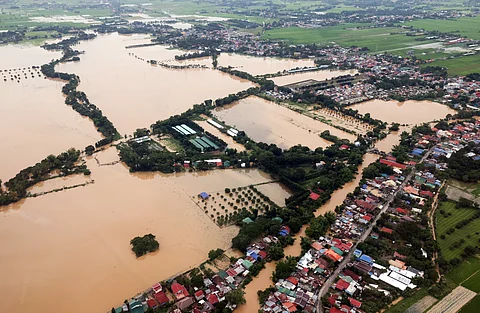
- NEWS
- the EDIT
- COMMENTARY
- BUSINESS
- LIFE
- SHOW
- ACTION
- GLOBAL GOALS
- SNAPS
- DYARYO TIRADA
- MORE

As the Philippines enters the wet season, marked by the southwest monsoon (habagat) and frequent typhoons, the country once again faces the threat of deadly floods and landslides.
With an average of 20 tropical cyclones each year and increasingly erratic rainfall patterns due to climate change, preparedness is not just advisable — it’s essential. But are we truly ready?
Government agencies like Philippine Atmospheric, Geophysical and Astronomical Services Administration (PAGASA) and the National Disaster Risk Reduction and Management Council. (NDRRMC) have systems in place for forecasting and emergency response. Local governments are required to have Disaster Risk Reduction and Management (DRRM) plans.
However, implementation remains inconsistent and often reactive. Drainage clearing, preemptive evacuations, and infrastructure reinforcements are frequently delayed until disaster is imminent.
Urban flooding continues to plague cities like Marikina and parts of Metro Manila, while landslide-prone areas in the provinces remain populated due to poor relocation strategies.
Many evacuation centers are inadequate, and long-term solutions — like flood control infrastructure and reforestation — receive limited, fragmented attention. Meanwhile, the annual cycle of destruction and rehabilitation continues, draining resources and costing lives.
Preparedness must shift from being a seasonal scramble to a year-round priority. LGUs must invest in permanent evacuation centers, enforce no-build zones, and strengthen community-based early warning systems. DRRM funds should be used not just for relief efforts but for building long-term resilience.
The rainy season is no longer just a matter of inconvenience; it is a national security concern. Without serious, sustained action, the country will continue to suffer preventable losses. The time to act is not when the waters are rising, but now — while skies are still relatively clear.
